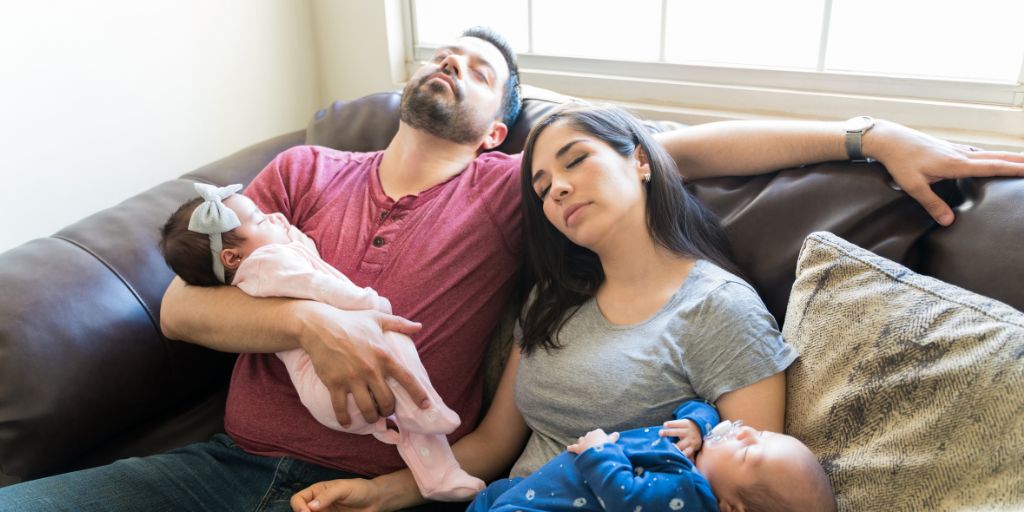The Hidden Toll of Sleep Deprivation on Working Parents
This is a guest post from Natasha Sharma
In the fast-paced world of modern workplaces, parents often find themselves caught in a relentless juggling act between professional responsibilities and the demands of parenthood.
A crucial yet frequently underestimated factor in this delicate balance is the amount of sleep they manage to get—or, more often, don't get. Let's delve into the impactful connection between the lack of sleep and the well-being of parents in the workplace.
The sleep deprivation dilemma: Unveiling the numbers
I recently conducted independent research that shed light on the alarming statistics that looks at the critical need for heightened support for parents in the workplace:
- A staggering 92% of employees have endured a full workday on less than 3 hours of sleep due to their child's sleep habits.
- 25% of participants have had to take a day off due to inadequate sleep caused by their child.
- Over half of the respondents reported that their children lack restful sleep and proper sleep routines.
- The consequences of sleep deprivation are not merely confined to the realms of fatigue; they extend to impact productivity, confidence, and overall mental well-being.
The impact on workplace wellbeing: A closer look
The research has unveiled critical consequences, such as a lack of confidence, reduced productivity, low morale, anxiety and headaches to name but a few. It's an issue that demands serious attention from workplaces.
Parents navigating the delicate dance between the boardroom and the playroom often find themselves grappling with a multitude of challenges. The lack of sleep exacerbates these challenges, creating a ripple effect that hampers both personal and professional spheres.

My 3 tips for reclaiming sleep and wellbeing:
Establish a consistent sleep routine:
Creating a consistent sleep routine for both parents and children can work wonders. Set a regular bedtime and create a calming pre-sleep routine to signal to the body that it's time to wind down.
Delegate and communicate:
Recognise the importance of effective communication and delegation, both at home and in the workplace. Share responsibilities with your partner and communicate openly with your employer about the challenges you're facing. These can foster understanding and support.
Prioritise self-care:
Amidst the chaos of daily life, don't forget to prioritise self-care. Whether it's stealing a few moments for meditation, exercise, or a relaxing activity, taking care of your well-being is paramount for handling the dual roles of parent and professional.
In conclusion, addressing the sleep deprivation dilemma is not just a personal choice but a collective responsibility. Employers play a crucial role in redefining workplace dynamics to better support working parents.
By acknowledging the toll of sleep deprivation and implementing supportive measures, we can pave the way for a more balanced, productive, and well-rested workforce.
About Happy Sleepy People:
Happy Sleepy People, a B2B2C offering, focuses on parental wellness within the workplace. The platform is dedicated to transforming workplace well-being for parents by providing outstanding sleep coaching and support to address sleep-related challenges with children.
Certified sleep consultant Natasha Sharma, with accreditation from Harmony at Home Nanny Academy & The Holistic Sleep Programme, leads the initiative to make a positive impact on the mental health and work-life balance of parents.
Natasha Sharma – Happy Sleepy People
Instagram: @HappySleepyPeople



